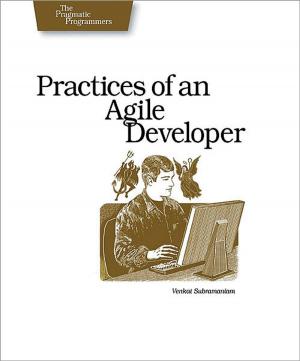Brain and its Mathematics
Artificial Intelligence
Nonfiction, Computers, Advanced Computing, Engineering, Computer Engineering, Computer Science| Author: | Subhajit Ganguly | ISBN: | 9781502238344 |
| Publisher: | Tech Reads | Publication: | December 21, 2014 |
| Imprint: | Language: | English |
| Author: | Subhajit Ganguly |
| ISBN: | 9781502238344 |
| Publisher: | Tech Reads |
| Publication: | December 21, 2014 |
| Imprint: | |
| Language: | English |
Taking abstraction as the starting point, we build a complex, self-organizing fuzzy logic system. Such a system, being built on top of abstraction as the base, turns out to be just a special outcome of the laws of abstraction. As the system is self-organizing, it runs automatically towards optimization. Using such a system in neural networks, we may come as close as possible to the workings of the human brain. The abstract fuzzy optimization is seen to follow a Gaussian distribution.
Our aim is to help build a machine that can reduce the possibility of mishaps in navigation to zero. For that devise a new system of numbers, in which the real numbers are represented on the y-axis and complex numbers on the x-axis. Inside such a system, we incorporate the equivalent Ideal Fuzzy Logic that can be used by the machine to predict and avoid mishaps.
Taking abstraction as the starting point, we build a complex, self-organizing fuzzy logic system. Such a system, being built on top of abstraction as the base, turns out to be just a special outcome of the laws of abstraction. As the system is self-organizing, it runs automatically towards optimization. Using such a system in neural networks, we may come as close as possible to the workings of the human brain. The abstract fuzzy optimization is seen to follow a Gaussian distribution.
Our aim is to help build a machine that can reduce the possibility of mishaps in navigation to zero. For that devise a new system of numbers, in which the real numbers are represented on the y-axis and complex numbers on the x-axis. Inside such a system, we incorporate the equivalent Ideal Fuzzy Logic that can be used by the machine to predict and avoid mishaps.















